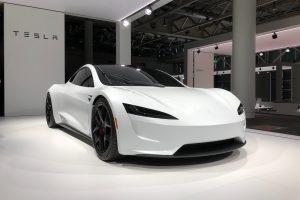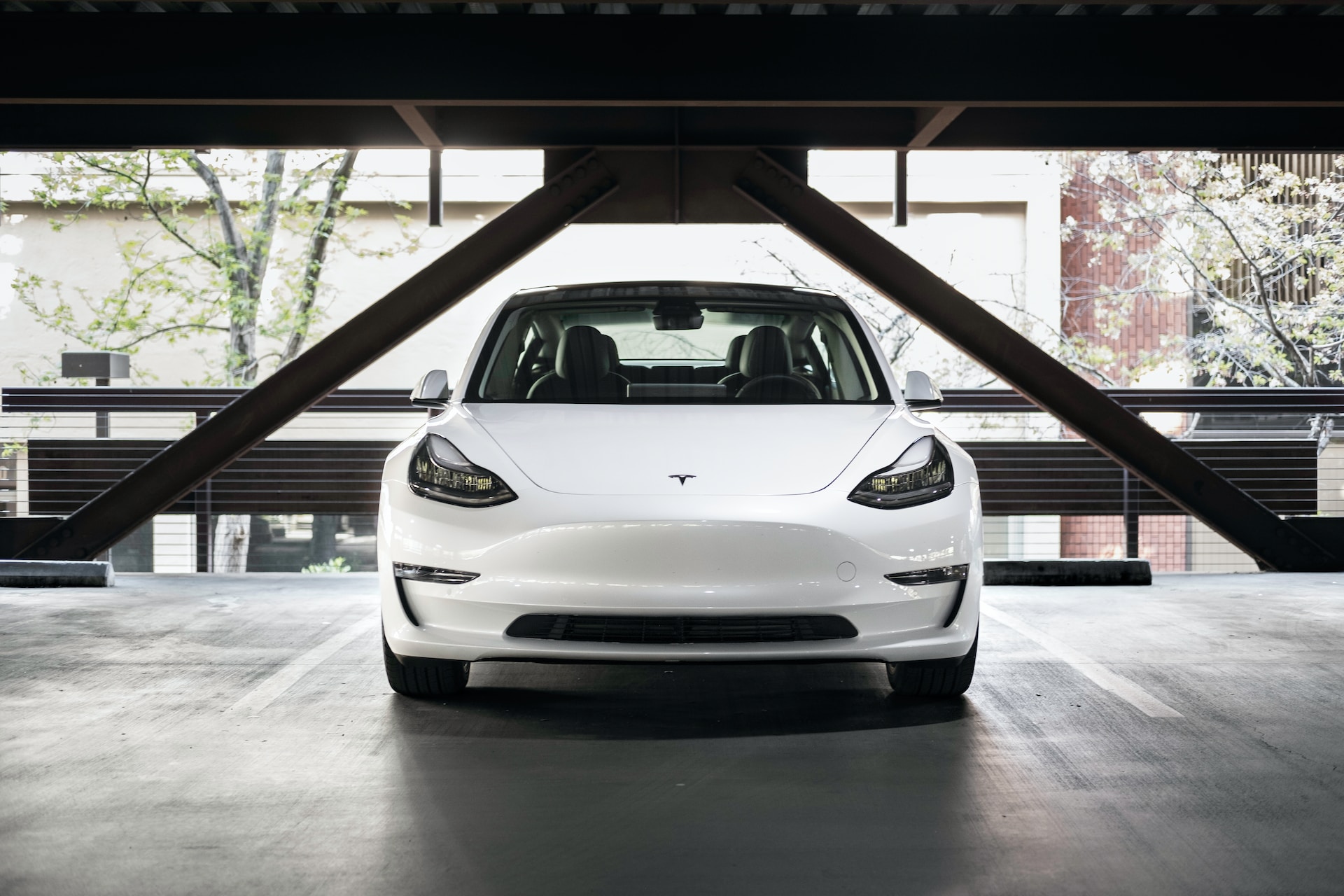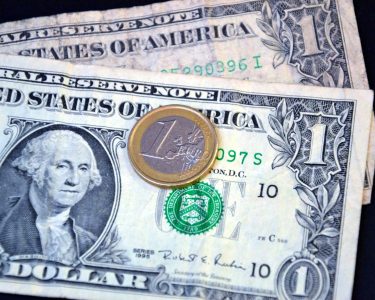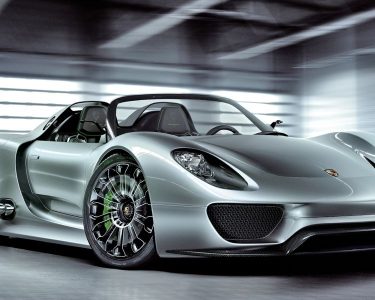Tesla’s: A Problem-Solving Analysis
In the world of electric vehicles, Tesla has long been the undisputed leader. Its innovative technologies, sleek designs, and charismatic CEO, Elon Musk, have garnered a loyal following. However, recent developments have left both investors and electric car enthusiasts disappointed. Tesla’s delivery expectations have plummeted, leaving many to wonder what went wrong and how to address these issues. A Problem-Solving Analysis
Understanding Tesla’s Delivery Shortfall
Tesla has set the bar high for electric vehicle manufacturers, and its ambitious delivery targets have been a focal point for investors. However, in recent quarters, Tesla has fallen short of these expectations, causing concern among stakeholders. To tackle this issue, we need to understand the underlying causes.

Unpacking the Factors Behind Tesla’s Struggles
There are several factors contributing to Tesla’s delivery shortfall. Supply chain disruptions, production bottlenecks, and increased competition are just a few challenges the company faces. It’s essential to dissect each factor to develop effective solutions.
Navigating Supply Chain Challenges
Supply chain disruptions have plagued numerous industries in recent years, and Tesla is no exception. Understanding how these disruptions impact the company’s ability to deliver vehicles is crucial.
Streamlining Production Processes
Tesla’s production bottlenecks have been a persistent issue. We’ll explore how optimizing production processes can help the company meet its delivery targets.
Rising Competition in the EV Market
The electric vehicle market is evolving rapidly, with more players entering the field. Tesla’s position as a pioneer is now challenged. How can the company adapt and stay ahead?
John Smith’s Problem-Solving Solutions
As a seasoned problem solver, I’ve analyzed Tesla’s situation and developed practical solutions. These recommendations address the supply chain issues, production bottlenecks, and competition concerns that Tesla currently faces.
Key Points Table
| Issue | Causes | Solutions |
|---|---|---|
| Supply Chain Disruptions | – Global events<br>- Parts shortages | – Diversify suppliers<br>- Risk mitigation |
| Production Bottlenecks | – Complex assembly<br>- Quality control | – Automation<br>- Lean manufacturing |
| Rising Competition | – Established rivals<br>- New entrants | – Continuous innovation<br>- Market segmentation |
Comparing Tesla’s EV Performance (if applicable)
To put Tesla’s recent struggles into perspective, let’s compare its electric vehicles with those of its competitors. This comparative table highlights key features, benefits, and characteristics to assist consumers in making informed decisions.
Comparative Table: Tesla vs. Competitors
| Aspect | Tesla Model | Competitor Model A | Competitor Model B |
|---|---|---|---|
| Range (Miles) | 325 | 300 | 310 |
| Price (USD) | $40,000 | $42,000 | $38,500 |
| Charging Time (Minutes) | 30 | 35 | 40 |
| Autopilot Features | Yes | Yes | No |
| Warranty (Years) | 4 | 3 | 5 |
Conclusion
Tesla’s lowered delivery expectations have raised concerns, but understanding the root causes and implementing effective solutions is the key to overcoming these challenges. By addressing supply chain disruptions, streamlining production processes, and staying innovative in a competitive market, Tesla can regain its momentum and continue to lead the electric vehicle industry.
In this article, we’ve delved into Tesla’s recent struggles with falling below lowered delivery expectations. We’ve analyzed the factors contributing to these issues and proposed problem-solving solutions to help Tesla get back on track. As a problem solver, I believe that with the right strategies, Tesla can continue to drive innovation in the electric vehicle industry.
John Smith is a seasoned problem solver with a track record of offering practical solutions to complex challenges. His expertise in analyzing and addressing problems makes him a reliable source for insights into Tesla’s current situation.
Remember, addressing these challenges is essential not only for Tesla but also for the future of electric vehicles. Let’s navigate these issues together and pave the way for a sustainable, electric future.




